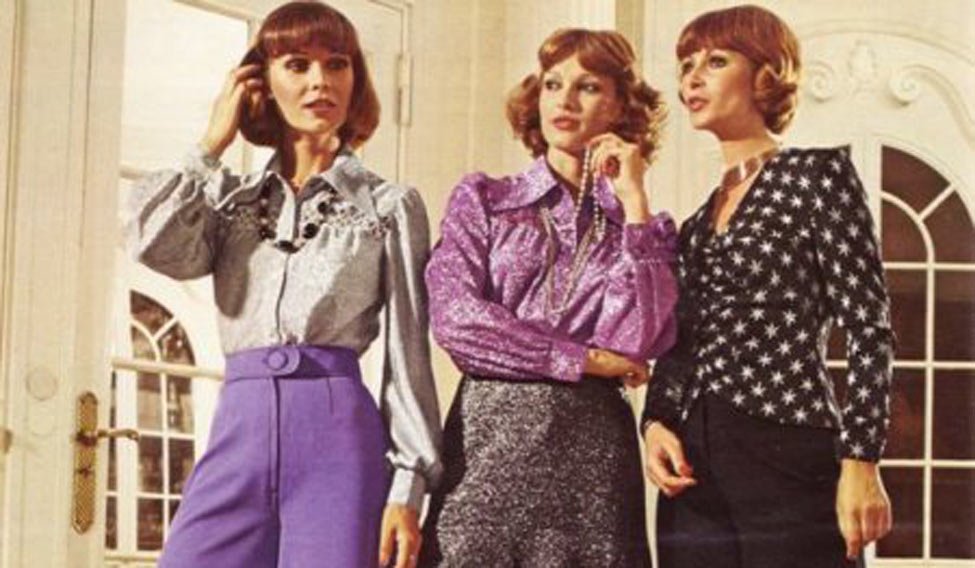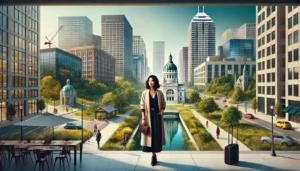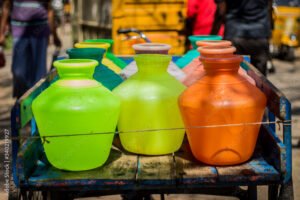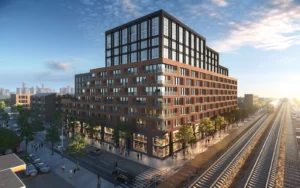The Fashion Styles That Defined the 1980s
The 1980s were a decade of bold choices, dramatic silhouettes, and eclectic fashion trends. It was a time when fashion was not about subtlety but about making a statement. Whether inspired by music, movies, or the rise of mass media, fashion in the 80s had an unmistakable vibrancy. Let’s dive into the most popular fashion styles of this iconic decade.
1. Power Dressing: The Birth of Bold Shoulders
One of the most defining fashion styles of the 1980s was power dressing. This trend symbolized empowerment, particularly for women who were entering the workforce in greater numbers. The most notable feature of power dressing was the oversized shoulder pads, which created a boxy and authoritative look. The idea was to project strength and confidence, and women’s fashion, especially in professional settings, reflected this.
Women would wear tailored suits with wide shoulders, often paired with pencil skirts or trousers. Blazers with exaggerated lapels were also popular, creating a sharp, masculine silhouette. Brands like Giorgio Armani and designers such as Thierry Mugler were influential in popularizing this style. Power dressing wasn’t just about fashion; it was also about asserting one’s place in a competitive, male-dominated world.
2. Neon and Bright Colors: Loud and Proud
If there’s one thing everyone remembers about 80s fashion, it’s the neon and bright colors that seemed to be everywhere. Fluorescent hues of pink, green, orange, and yellow dominated both casual and formal wear. These colors were meant to be eye-catching, embodying the optimism and fun-loving attitude of the time.
Neon was seen on everything from leg warmers to oversized t-shirts and windbreakers. The trend wasn’t limited to clothing either—accessories like scrunchies, headbands, and even sunglasses came in a range of bright, bold colors. Brands like Esprit and Benetton became known for their vibrant color palettes, and people from all walks of life embraced the joyfulness that neon fashion brought.
3. Pop Culture Icons: Influences from Music and Movies
The 80s were heavily influenced by music, and no other genre had a stronger impact than pop. Iconic stars like Madonna, Prince, and Michael Jackson didn’t just change music; they also transformed fashion. Madonna’s rebellious style, featuring lace gloves, corsets, and layers of jewelry, became a symbol of female empowerment and was copied by fans worldwide.
Michael Jackson’s iconic looks, like the red leather jacket from the “Thriller” music video and the single sequined glove, also influenced fashion trends. The 80s were all about expressing individuality, and pop stars gave people the confidence to experiment with unique styles.
In the world of film, movies like Flashdance and Top Gun also shaped the decade’s fashion. The athleisure trend, sparked by Flashdance, popularized off-the-shoulder sweatshirts, leggings, and leg warmers. On the other hand, Top Gun made aviator sunglasses and bomber jackets must-have items for both men and women.
4. Punk and Goth: The Rebellious Edge
While much of 80s fashion was loud, colorful, and mainstream, there was also a thriving counterculture movement defined by punk and goth styles. Emerging from the late 70s, punk fashion continued its influence in the 80s, with ripped jeans, leather jackets, and band tees becoming staples for those who wanted to reject mainstream norms.
Punk fashion was about rebellion and non-conformity. It wasn’t just about the clothes but also about the accessories, like spiked belts, chains, and combat boots. The makeup was often as bold as the clothing, with heavy black eyeliner and dramatic hairstyles like mohawks and spiky hair making strong visual statements.
On the other hand, goth fashion—also rising from the punk movement—was characterized by dark, mysterious clothing. Black became the dominant color, with velvet, lace, and fishnet fabrics adding texture. Bands like The Cure and Siouxsie and the Banshees were pivotal in shaping the goth aesthetic, which was also characterized by pale skin and heavy black eye makeup.
5. Preppy Style: Clean and Polished
Not everyone in the 80s was rocking neon or leather. Another popular fashion trend was the preppy style, inspired by the upper-class, Ivy League aesthetic. Preppy fashion was characterized by polo shirts, khakis, cardigans, and blazers. Brands like Ralph Lauren, Lacoste, and Tommy Hilfiger became synonymous with this clean-cut, polished look.
Preppy fashion also embraced accessories like pearls, loafers, and sweaters draped over the shoulders. It was a look that conveyed wealth, status, and a certain conservative elegance, which sharply contrasted with some of the more rebellious trends of the decade.
6. Denim: From Jeans to Jackets
Denim was another major fashion staple of the 1980s. From acid-wash jeans to denim jackets, this versatile fabric was everywhere. Denim jeans became a symbol of casual, effortless cool, with styles ranging from skinny to baggy fits. High-waisted jeans and mom jeans were especially popular among women.
Denim wasn’t just limited to jeans; denim-on-denim became a trend, with people wearing denim jackets paired with jeans for a full look. Levi’s and Wrangler were two of the biggest brands leading this denim revolution. Accessories like denim handbags and hats also became fashionable, showcasing just how versatile this fabric was in the 80s.
7. Athletic Wear: The Rise of Fitness Fashion
The 80s also saw the rise of fitness culture, which heavily influenced fashion. The popularity of aerobics and workout videos by celebrities like Jane Fonda made spandex leggings, bodysuits, and sneakers incredibly trendy. People began to wear athletic gear not only to the gym but as casual daywear.
Tracksuits also became popular, with brands like Adidas and Reebok taking center stage. Sneakers, particularly high-top styles like the Nike Air Jordan, were essential for completing this athletic look. This trend was about comfort, practicality, and making a fashionable statement through fitness.
Conclusion
The fashion of the 1980s was a melting pot of influences, from the corporate world to punk rock. It was a time of experimentation, excess, and bold choices. Whether it was the vibrant neon colors, the power suits with exaggerated shoulders, or the rebellious punk looks, 80s fashion continues to inspire modern trends, making it one of the most iconic eras in fashion history.














Post Comment